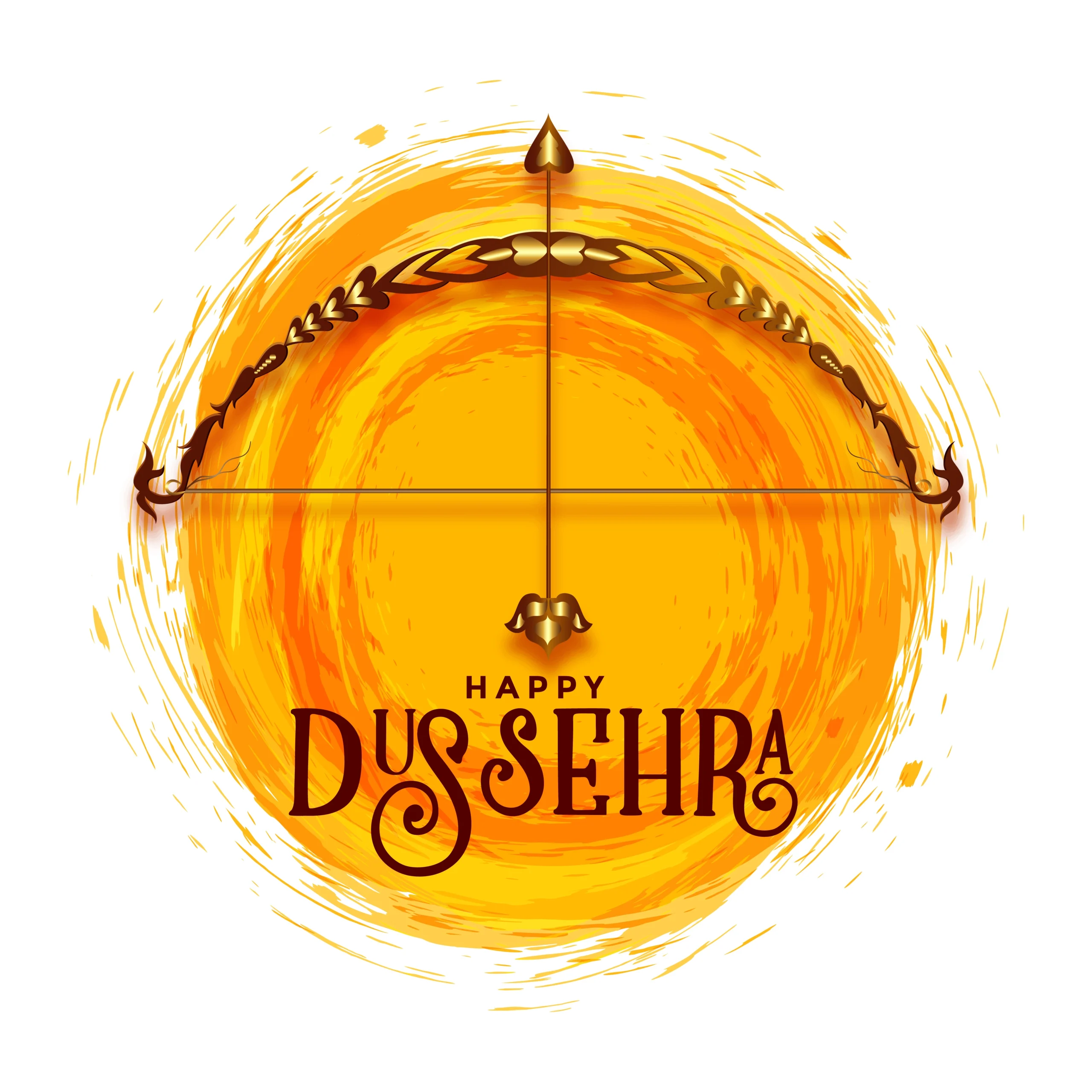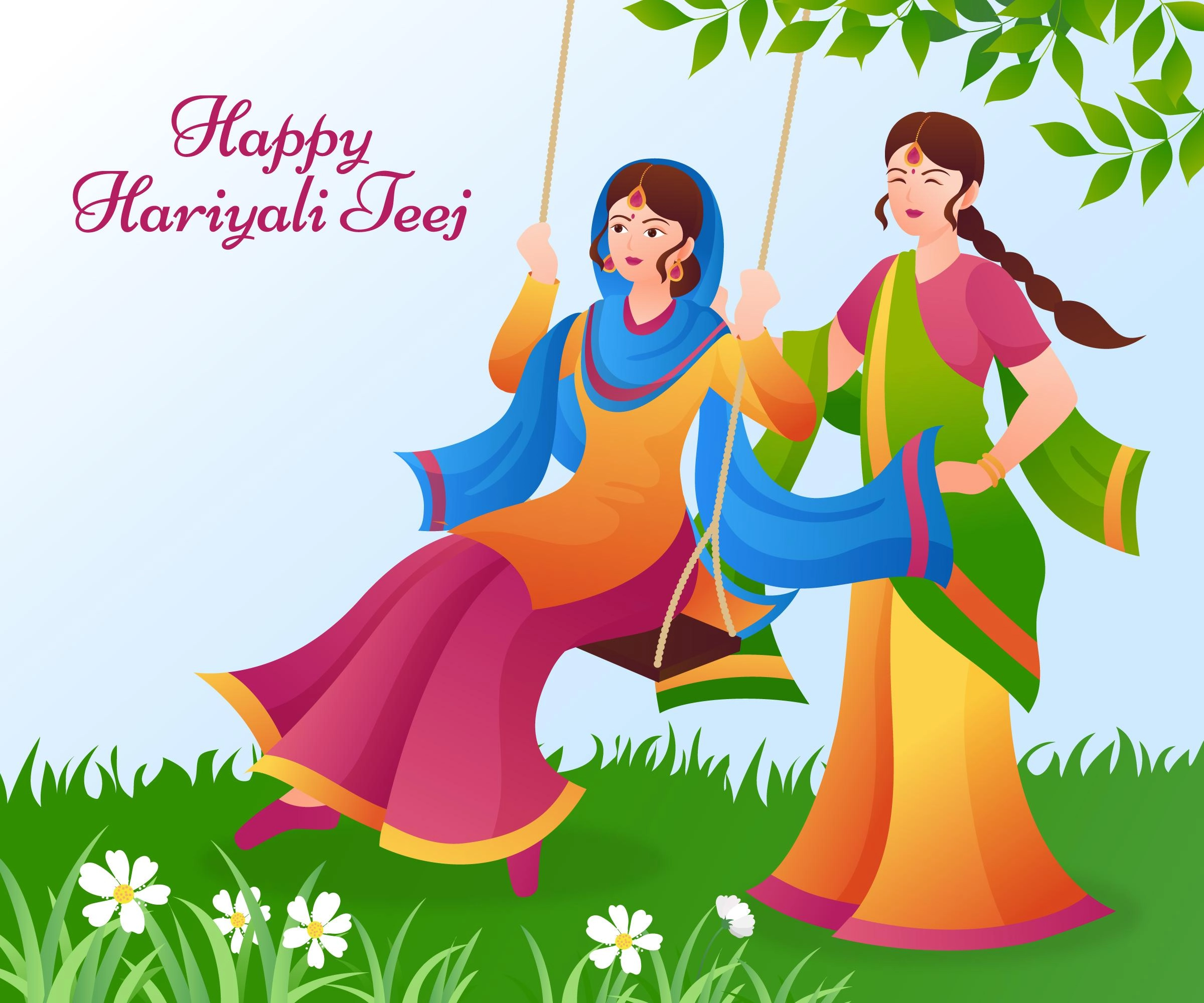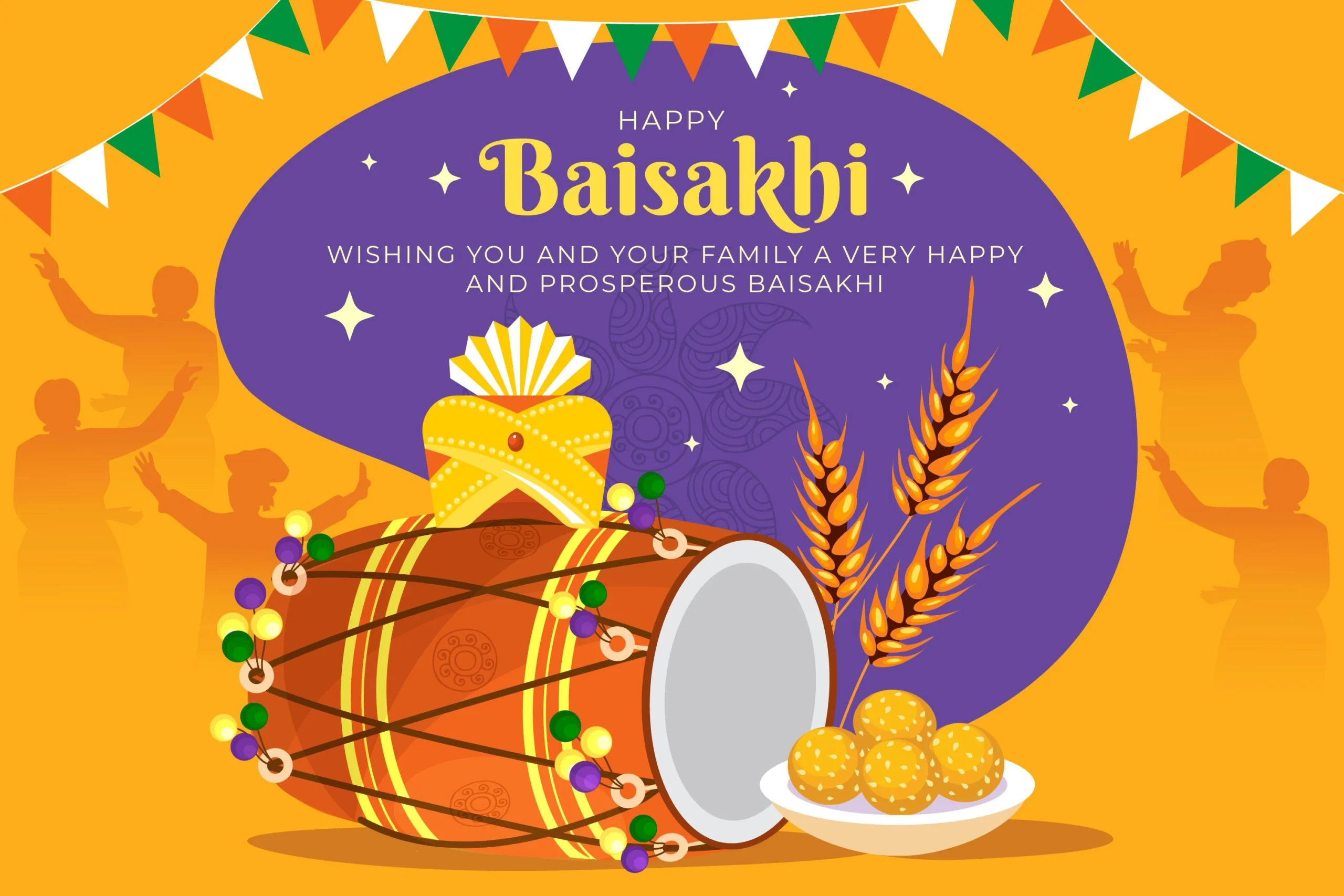Dussehra, also known as Vijayadashami, is a significant Hindu festival celebrated with great fervor across India. It marks the triumph of good over evil, symbolized by the victory of Lord Rama over the demon king Ravana. The festival falls on the tenth day of the Hindu lunar month of Ashwin, following the nine days of Navratri. This article explores the various ways to celebrate Dussehra, highlighting traditional practices, regional variations, and contemporary celebrations.
The Significance of Dussehra
Historical and Mythological Background
Dussehra has deep roots in Hindu mythology and history. The most popular legend associated with the festival is the Ramayana, where Lord Rama, an incarnation of Vishnu, defeats the ten-headed demon king Ravana to rescue his wife Sita. This victory symbolizes the triumph of righteousness and dharma over adharma (unrighteousness). Another significant legend is the slaying of the buffalo demon Mahishasura by Goddess Durga, which is celebrated as Durga Puja in eastern India.
Spiritual Importance
Dussehra is not just a celebration of victory but also a reminder of the moral and ethical values embodied by Lord Rama. It encourages people to uphold truth, honor, and integrity in their lives. The festival also signifies the end of the harvest season, thanking the deities for a bountiful crop.
Traditional Ways to Celebrate Dussehra
Ramlila Performances
Ramlila, the dramatic reenactment of the Ramayana, is a central feature of Dussehra celebrations. These performances are staged over several days, culminating in the defeat of Ravana on Dussehra day. Communities come together to watch these plays, which are a blend of music, dance, and drama, bringing the ancient epic to life.
Effigy Burning
One of the most iconic rituals of Dussehra is the burning of effigies of Ravana, his brother Kumbhakarna, and son Meghnath. These effigies, often towering several feet high, are filled with fireworks and set ablaze to symbolize the destruction of evil. This spectacle is accompanied by loud cheers and the chanting of prayers, creating an electrifying atmosphere.
Processions and Fairs
Many regions organize grand processions, where idols of deities are carried on beautifully decorated chariots. These processions are often accompanied by traditional music, dance performances, and other cultural displays. Dussehra fairs, known as melas, are also common, offering a variety of local crafts, foods, and entertainment for people of all ages.
Regional Variations in Dussehra Celebrations
North India
In North India, especially in places like Delhi, Varanasi, and Ayodhya, Dussehra is celebrated with elaborate Ramlila performances and effigy burning. In Himachal Pradesh, the Kullu Dussehra is famous for its grand processions and the assembly of deities from nearby villages.
West India
In Maharashtra, the festival is celebrated with prayers and offerings to the deities. The Marathas celebrate with great enthusiasm, paying homage to their warrior heritage. In Gujarat, Dussehra marks the culmination of Navratri, where people perform the Garba and Dandiya Raas dances.
East India
In West Bengal, Odisha, and Assam, Dussehra coincides with Durga Puja, the grand celebration of the victory of Goddess Durga over Mahishasura. The final day, known as Vijayadashami, involves immersing the idols of Durga in rivers or seas, symbolizing her return to her heavenly abode.
South India
In Karnataka, Mysore Dussehra is a royal celebration with a grand procession led by the king. Temples and palaces are illuminated, and cultural performances are held. In Tamil Nadu, Andhra Pradesh, and Telangana, the festival is marked by the display of ‘Bommai Kolu’ or a doll arrangement depicting various scenes from mythology.
Contemporary Dussehra Celebrations
Community Gatherings and Cultural Programs
Modern Dussehra celebrations often include community gatherings where people participate in cultural programs, music, and dance performances. These events foster a sense of unity and belonging among community members.
Eco-friendly Celebrations
With growing environmental awareness, many communities are opting for eco-friendly ways to celebrate Dussehra. This includes using biodegradable materials for effigies and idols, reducing the use of fireworks, and promoting green practices during the festivities.
Digital Celebrations
In the digital age, many people are celebrating Dussehra online. Virtual Ramlila performances, online cultural programs, and social media campaigns have become popular, especially in the wake of the COVID-19 pandemic. These digital platforms allow people to connect and celebrate safely from their homes.
How to Celebrate Dussehra at Home
Decorate Your Home
Begin by cleaning and decorating your home with flowers, rangoli (traditional floor art), and lights. Create a festive ambiance that reflects the joyous spirit of Dussehra.
Perform Pujas and Rituals
Set up a small altar with idols or pictures of deities and perform a puja (prayer ritual). Offer flowers, fruits, and sweets, and recite prayers and hymns dedicated to Lord Rama and Goddess Durga. Light incense sticks and lamps to invoke divine blessings.
Prepare Festive Delicacies
No celebration is complete without delicious food. Prepare traditional dishes like puris, halwa, kheer, and other regional specialties. Sharing these festive delicacies with family and friends enhances the joy of the occasion.
Participate in Local Events
If possible, join local community events such as Ramlila performances, processions, or fairs. These activities offer a deeper connection to the cultural and spiritual essence of Dussehra.
Reflect on the Values of Dussehra
Take time to reflect on the values symbolized by Dussehra. Consider how you can incorporate principles of truth, honor, and righteousness into your daily life. Share stories of the Ramayana with children to impart moral lessons.
Conclusion
Dussehra, with its rich tapestry of traditions and cultural practices, is a festival that brings people together to celebrate the triumph of good over evil. Whether through grand public celebrations or intimate family gatherings, the spirit of Dussehra is one of joy, unity, and reflection. By embracing both traditional and contemporary ways of celebrating, we can keep the essence of this ancient festival alive and relevant in our modern lives. As we honor the victory of Lord Rama and Goddess Durga, let us also strive to embody the virtues they represent, making our world a better place.


